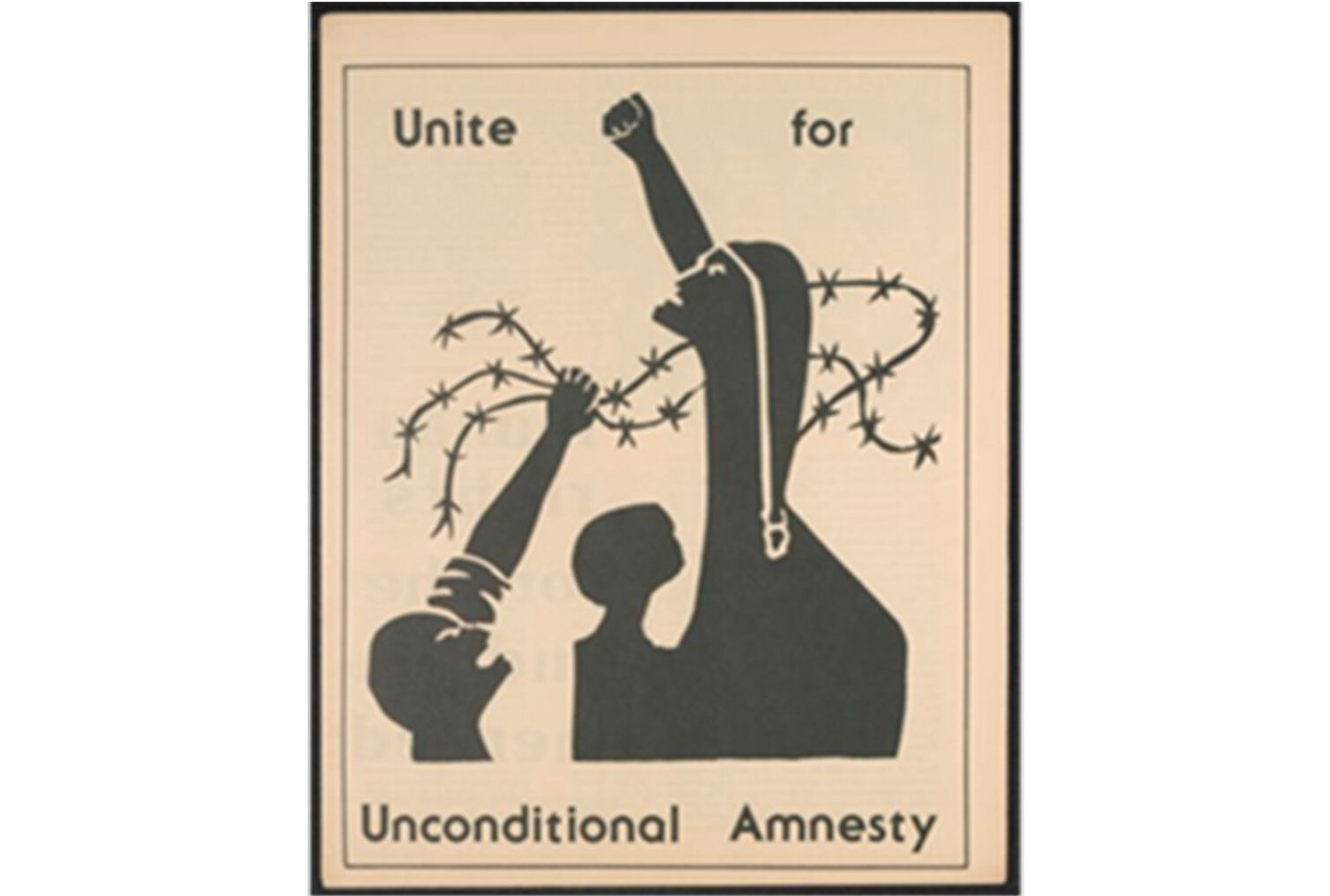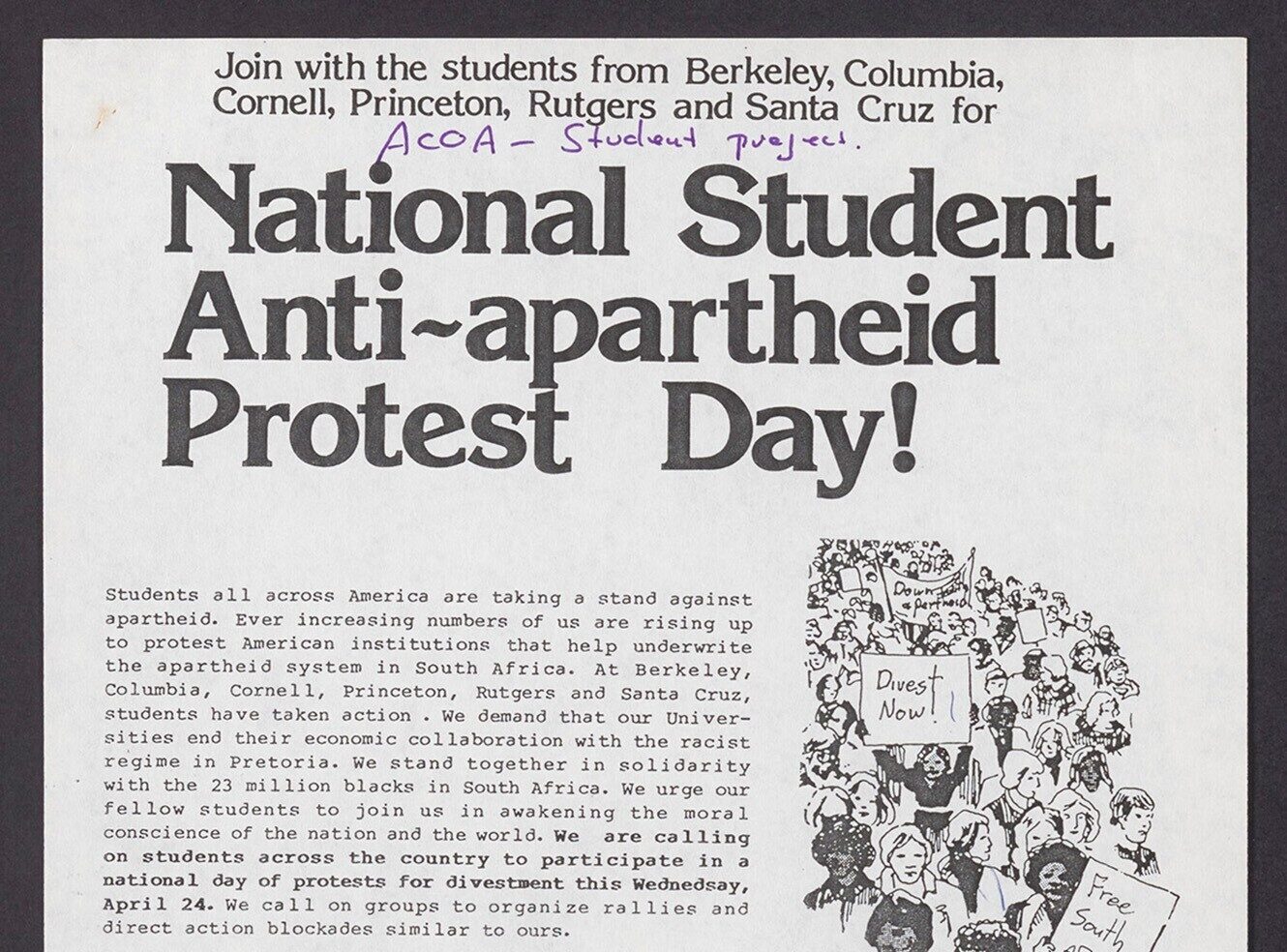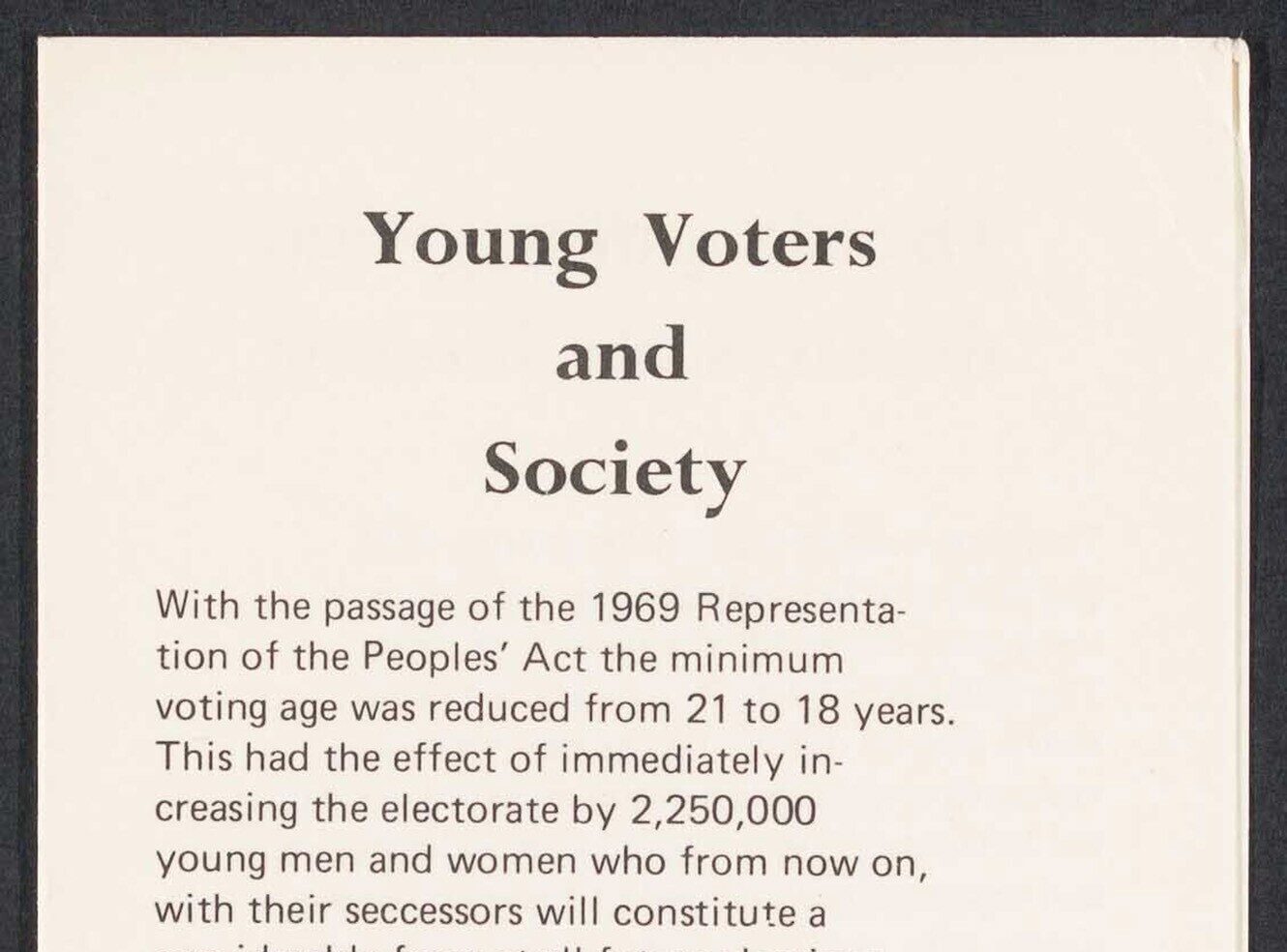Amnesty and the origins of the Immigrant Rights Movement
Oliver Rosales, Professor of History, Bakersfield College, draws on materials from Latin American Histories in the United States to uncover the origins of the modern immigrant rights movement. Focusing on the amnesty campaigns of the late 1970s, he highlights how Chicano activists, grassroots publications, and cross-border solidarities shaped a pivotal era of Latinx political activism in the United States.
The amnesty movement of the late 1970s was a critical component of both the Chicano and immigrant rights movements in the United States. During this period, continued undocumented immigration from Mexico as well as Central America surged as individuals fled economic displacement, political violence, and domestic conflicts in countries like Honduras, Guatemala, and El Salvador.
No city felt the impact of this demographic shift more than Los Angeles, California. The plight of Central American refugees, combined with the increasing militarisation of the U.S.-Mexico border and aggressive raids by the Immigration and Naturalization Services (INS)—often called La Migra—catalysed a growing and powerful immigrant rights movement in the United States. This new activism energised the broader Chicano civil rights movement, which had been active since the mid-1960s.

"Immigration - flyers, pamphlets." 1977. Newspaper, ephemera, and pamphlet. Chicano History Collection, Gerth Archives and Special Collections, California State University, Dominguez Hills. Box 1, Folder 8. Accessed October 22, 2025.
This powerful graphic from a Los Angeles Chicano newsletter captures this pivotal moment. It depicts the dark silhouettes of raised fists breaking through barbed wire, anchored by the clarion call to "Unite for Unconditional Amnesty." The image signifies a new solidarity among ethnic Mexicans in support of Central Americans and other undocumented immigrants. Chicano movement newsletters were important media outlets documenting and organising people to advocate for immigrant rights, as mainstream media outlets ignored or dehumanised undocumented immigrants. Furthermore, this political graphic affirms the long-standing Chicano ethos of sin fronteras (without borders) and solidarity with Latinx peoples south of the U.S.-Mexico border. This development of intra-ethnic solidarity was crucial, as civil rights movements of the 1960s had begun to wane by 1975, facing a rising tide of political conservatism in the United States.
Prominent Mexican American organisations, such as the United Farm Workers union (UFW), led by Cesar Chavez, had perceived contentious relations with undocumented immigrants, as agribusiness employers targeted by UFW activism often employed undocumented immigrants as strikebreakers. Cesar himself, hailed by many as the premiere leader of the Mexican American civil rights movement, penned an editorial to the San Francisco Examiner in 1974, opining that “We recognize the illegals as our brothers and sisters, and the union’s position is that they should be allowed to enter the United States as legal residents. But they should not be used as strikebreakers.”1 The immigrant rights cause then, symbolised by the amnesty movement, provided the larger Chicano movement with much-needed energy and renewed purpose beyond the perceived tensions between citizen and non-citizen among Latinx peoples in the United States.
The graphic also reflects a specific political frustration. Activist groups on the left had grown disillusioned with President Jimmy Carter, who had campaigned on promises of humane immigration policies and amnesty, but failed to deliver. A political amnesty would not be achieved until the following decade, when President Ronald Reagan signed the 1986 Immigration Reform and Control Act (IRCA), which granted a pathway to citizenship for nearly three million immigrants.
Despite the failure to secure amnesty under the Carter administration, the amnesty movement was a landmark moment in the history of ethnic Mexican politics. It helped steer the larger immigrant rights activism that gained prominence in the 1980s and continues to manifest in the United States political landscape today.
For more information about Latin American Histories in the United States, including pricing, please request a demo.
The document quoted in this blog is available open-access for 30 days
Recent posts

The blog highlights American Committee on Africa, module II's rich documentation of anti-apartheid activism, focusing on the National Peace Accord, global solidarity, and student-led divestment campaigns. It explores the pivotal role of universities, protests, and public education in pressuring institutions to divest from apartheid, shaping global attitudes toward social justice and reform.

This blog examines how primary sources can be used to trace the impact of young voices on society, particularly during pivotal voting reforms in the UK and the US. Explore materials that reveal insights into youth activism, intergenerational gaps, and societal perceptions, highlighting their interdisciplinary value for studying youth culture, activism, and girlhood across history.
